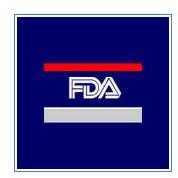Carcinogens in Cosmetics: Know the Five Chemical Components to Avoid
The Absence of a Regulatory Body
Time and again, the Food and Drug Administration or FDA has been criticized for its seeming lack of concern and rigidity over issues of carcinogens in cosmetics and other similar products. The US FDA has a list of “Cosmetic Ingredients Prohibited by Regulations”. However, the administration does not actually regulate nor take active participation in monitoring the manufacture or sale of cosmetics to prevent the proliferation of adulterated consumer products in the market. Much less, it does not have any authority to require pre-testing of products before they are sold or to re-call products proven as unsafe.
In line with this, the US Environmental Protection Agency or EPA provides a list called the “Toxic Substances Control Act (TSCA) Chemical Substance Inventory.”
However, these are mere lists and the consumers have no way of knowing whether the product they are using does not include toxic or cancer causing substances in its manufacture or even in the regulated amounts that the FDA or EPA requires.
The Intervention of Civic Organizations
The top 5 harmful substances discussed in this article are based on the list of carcinogenic chemicals researched by an independent organization called “Campaign for Safe Cosmetics” (CSC).
CSC is a coalition of non-profit civic groups, endorsed and supported by more than a hundred entities and thousands of grassroots supporters. In fact, more than 1,300 manufacturers of cosmetic and personal care products have expressed their support by committing to manufacture safe products only. These manufacturers voluntarily signed CSC’s “Compact for Safe Cosmetics”, which requires them to submit their products for testing and review.. CSC is aided by its working partner, the “Environmental Working Group” (EWG).
EWG, on the other hand, is a non-profit civic organization that comprises scientists, policy experts, lawyers, engineers and computer programmers who undertake scientific studies and laboratory tests mainly to protect the consumers by exposing the toxic substances and carcinogenic substances used in cosmetics that proliferate in the market.
Stay Away from Personal Care and Cosmetics Products That Contain the Following:
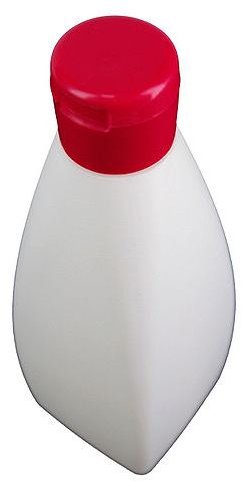
Formaldehyde and Formaldehyde-Releasing Ingredients
Formaldehyde and formaldehyde-releasing agents are included in the manufacture of water-based consumer products to prevent bacterial growth while in storage. What the public should know, is that formaldehyde is easily absorbed by the human skin and has been previously linked as a cause for skin sensitivity and at worst, cancer.
Most of these water-based cosmetics and personal care consumer products include eyelash glues, nail glues, nail polishes, baby soaps, baby shampoos and body washes. CSC further disclosed that some of these products do not include formaldehyde as ingredients in their labels but were substituted with other ingredients that served as formaldehyde-releasing preservatives. These substances were identified as
- either
- quaternium-15
- dimethyl-dimethyl (DMDM)
- 1.3-diol
- Diazolidinyl urea and a lot more.
Although low levels of formaldehyde at 250 parts per million (ppm) may have been met by some products, CSC has expressed greater concern over the additional formaldehyde-releasing preservatives that were either used as substitutes or were simply added. The slow release of formaldehyde in these substances cannot be quantified or even monitored, for purposes of monitoring if they are still within the safe level of 250 ppm, once absorbed by the human body.
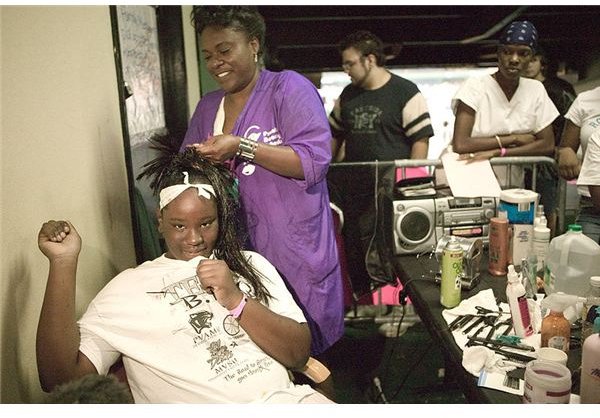
Hydroquinone
The substance hydroquinone is commonly used for skin lighteners considered as the worst substance being used in personal care products. As a skin lightening ingredient, hydroquinone causes the decline in the production of melanin pigments, which subsequently increases the risks involved in exposing the skin to the harmful UV and UVB rays of the sun.
-
This means that the cancer-causing effects of the chemical will likewise be aggravated by skin cancer caused by UV rays; hence, the concern for its potency as a carcinogen if used by women, particularly those with colored skin tones.
-
Hydroquinone has been verified to affect natural immunity as well as bring about reproductive and developmental defects.
-
Another cause for concern, are the tendencies of these women to employ other products to complement the lightening of their skin. The simultaneous use of hair relaxers, glue for hair extensions, hair colorings and nail polishes increases the presence of highly toxic ingredients in a single body.
-
In some cases, hydroquinone was also discovered as among the impurities of other chemical compounds used for facial and skin care products like cleansers, moisturizers, anti-aging treatments, sunscreen lotions and hair shampoo/conditioners.
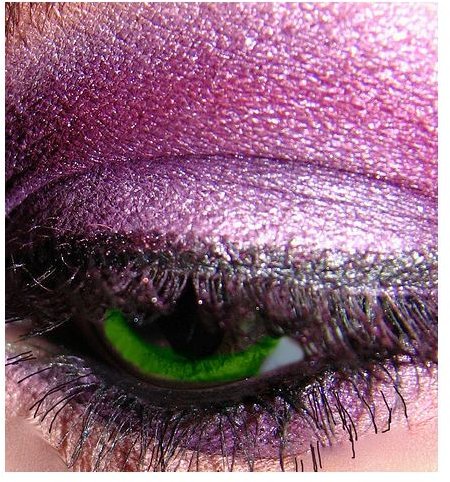
Parabens
Parabens refer to chemicals with similar molecular structures namely ehtylparaben, methylparaben, propylparaben and butylparaben; wherein methylpraben and propylparaben are the most frequently used in cosmetic products. Out of 25,000 consumer products tested by EWG, 10,000 were confirmed to contain any one of these parabens as ingredients.
Parabens are widely used in cosmetics for the purpose of inhibiting microbial growths while in storage. They are easily absorbed by the skin and enter the bloodstream as well as the digestive system. As carcinogens, evidences of their concentrations were found in breast tumor biopsy results. In addition, almost all urine samples collected from adults of different races, ethnicities and geographic backgrounds residing in the US contain traces of paraben chemicals.
Such findings were attributed to the wide range of water-based organic products like shampoos, conditioners, facial cleansers, scrubs and the likes. Although the contention that parabens in a single product is limited to low levels, an individual uses multiple products as part of personal hygiene and aesthetic enhancements more than once in a single day. Manufacturers of organic products that employ water-based solutions are urged to come up with products that have shorter shelf-lives to dispense of these parabens.
Phthalates
Phthalates are prevalent in a wide range of consumer products that make use of plastic and they are used as binding agent for the cosmetic product’s color and scent. Consumers will not find any mention of phthalates as ingredients in the labels of their favorite personal care products. Instead, the ingredient “fragrance” collectively includes phthalates; and 72 samples of these products were tested as positive for having these carcinogenic substances
-
According to CSC, two decades of research have shown substantial evidence that phthalates can disrupt the human hormonal system. In fact, it is more critical in the stages of development, where male babies conceived by pregnant women exposed to phthalates, had been harshly affected.
-
There were male babies who were said to have developed an abnormality called hypospadias, which refers to a urethral opening on the underside of the penis. In addition, they had testicles that were smaller than average size.
-
Even the male infant’s hormonal levels altered as they were breastfed with phthalate-tainted breast milk. In addition, further studies revealed that phthalates also caused the occurrence of breast tumors among women.
-
EWG tested more than a hundred nail care and other products used for personal hygiene and came up with high results that indicated the presence of phthalates. As mentioned earlier, phthalate were behind the ingredients specified as “fragrance”.
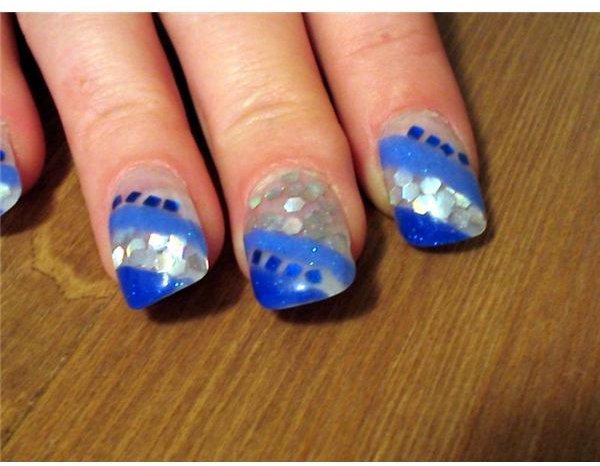
Lead and Other Metals
EWG found over 650 cosmetics and other consumer products, positive for lead content including other heavy metals, like zinc, aluminum, mercury, iron and chromium. These were found in several brands of lipstick, eye liner, nail color and a host of other cosmetics and other consumer products which included whitening toothpaste.
Out of the 650 products tested, 641 were positive for arsenic adulteration, while 47 cosmetic items that included foundation bases, moisturizers and shampoos contained other chemical compounds. Mercury was notably found as very few, but were included in some brands of mascara and eye drops.
Lead, has already been proven as a neurotoxin that causes brain impairment as well as other birth and developmental effects. Moreover, past biopsies of breast tumors have shown to have higher concentrations of metals like zinc, iron, chromium, and iron, just to name a few.
How to Check if Your Product is Adulterated
To provide consumers with more useful information, the “Campaign for Safe Cosmetics” and “Environmental Working Group” created an online cosmetic safety database called Skin Deep. Consumers can now check if there are carcinogens in the cosmetic products they are using or new products that they intend to use. The searchable database provides the safety or toxic information on more than 25,000 cosmetics and personal care products in detail; from makeup to shampoos, to sunscreen and deodorants.
References
- Skin-Deep Cosmetics Database, http://www.ewg.org/skindeep/
- TSCA New Chemicals Program (NCP) - Chemical Categories, http://www.epa.gov/oppt/newchems/pubs/npcchemicalcategories.pdf
- Image Credits: Nail Tips By M. Minderhoud/WikiCommons under GNU Free Documentation
- Hair Dye Epidemology, http://www.cir-safety.org/staff_files/hairdyes.pdf
- Statement of Jane Houlihan on Cosmetics Safety, http://www.ewg.org/node/26545
- Image Credit: Macro green eye with purple M.a.c. and ben nye eyeshadow By jane doe/wikicommons under CC By 2.0
- Image Credit: Shampoo Bottle by F. Kesselring, FkuR Willich/WikiCommons under CC By-SA 3.0
- Campaign for Safe Cosmetics - What’s in Your Product?, http://www.safecosmetics.org/article.php?list=type&type=33
- Ingredients Prohibited & Restricted by FDA Regulations, http://www.fda.gov/Cosmetics/ProductandIngredientSafety/SelectedCosmeticIngredients/ucm127406.htm
- Image Credit: Woman Getting Hair Done By Andrea Booher/WikiCommons under FEMA
